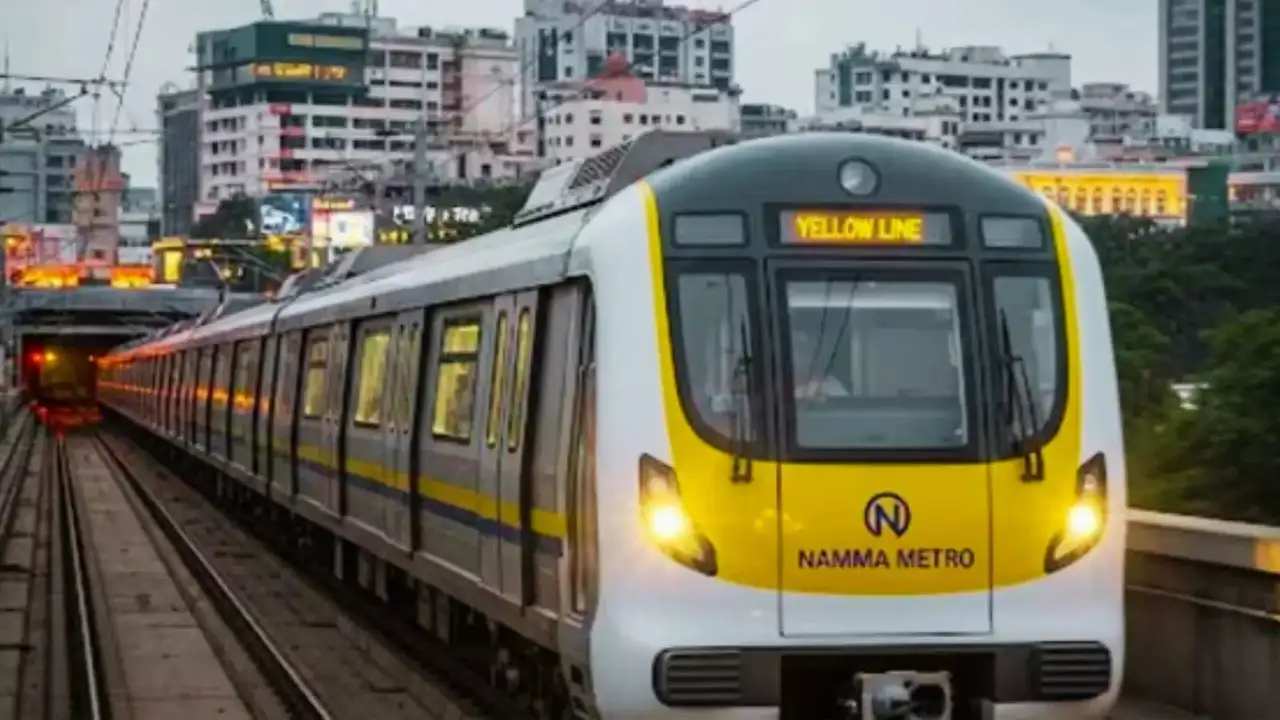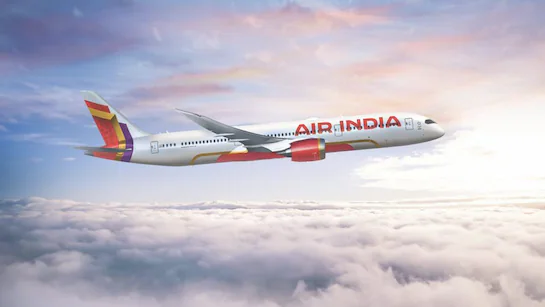Now Reading: Infosys Urges Staff to Embrace Bengaluru’s Yellow Line Metro for Smoother Commutes
-
01
Infosys Urges Staff to Embrace Bengaluru’s Yellow Line Metro for Smoother Commutes
Infosys Urges Staff to Embrace Bengaluru’s Yellow Line Metro for Smoother Commutes

Infosys has asked its Bengaluru employees to use the newly launched Yellow Line of Namma Metro for daily travel to Electronics City. The move aims to ease road congestion and offer a more reliable commute option. For professionals in Tier 2 cities considering corporate opportunities or metro infrastructure, this shift is a reminder of how public transport can change the rhythm of city life—for the better.
Rationale Behind the Shift
Thanks to growing traffic bottlenecks on Hosur Road and the elevated expressway, the new metro line is seen as a faster, stress-free alternative. Infosys’s internal message describes the Yellow Line as “efficient” and “traffic-free,” especially useful during peak hours.
What the Yellow Line Offers
The 19 km elevated route, connecting Rashtriya Vidyalaya Road to Bommasandra, includes key stops such as Electronic City and Infosys Foundation Konappana Agrahara. With trains running every 25 minutes, it promises predictable and cleaner travel options for thousands of daily office-goers.
Why It Matters for Smaller Cities
In many Tier 2 towns, employee commutes mirror Bengaluru’s traffic woes—only without a metro to ease the pain. Infosys’s shift highlights how better urban planning and transport infrastructure can relieve both time and stress for workers across India. It sets a practical model for future city upgrades.
Conclusion
By steering its own staff onto public transport, Infosys isn’t just solving a travel problem—it’s nudging a habit shift. As metro lines grow, so does the hope that journeys become less about congestion and more about connection, even for those in smaller cities watching major metro cities evolve.

























